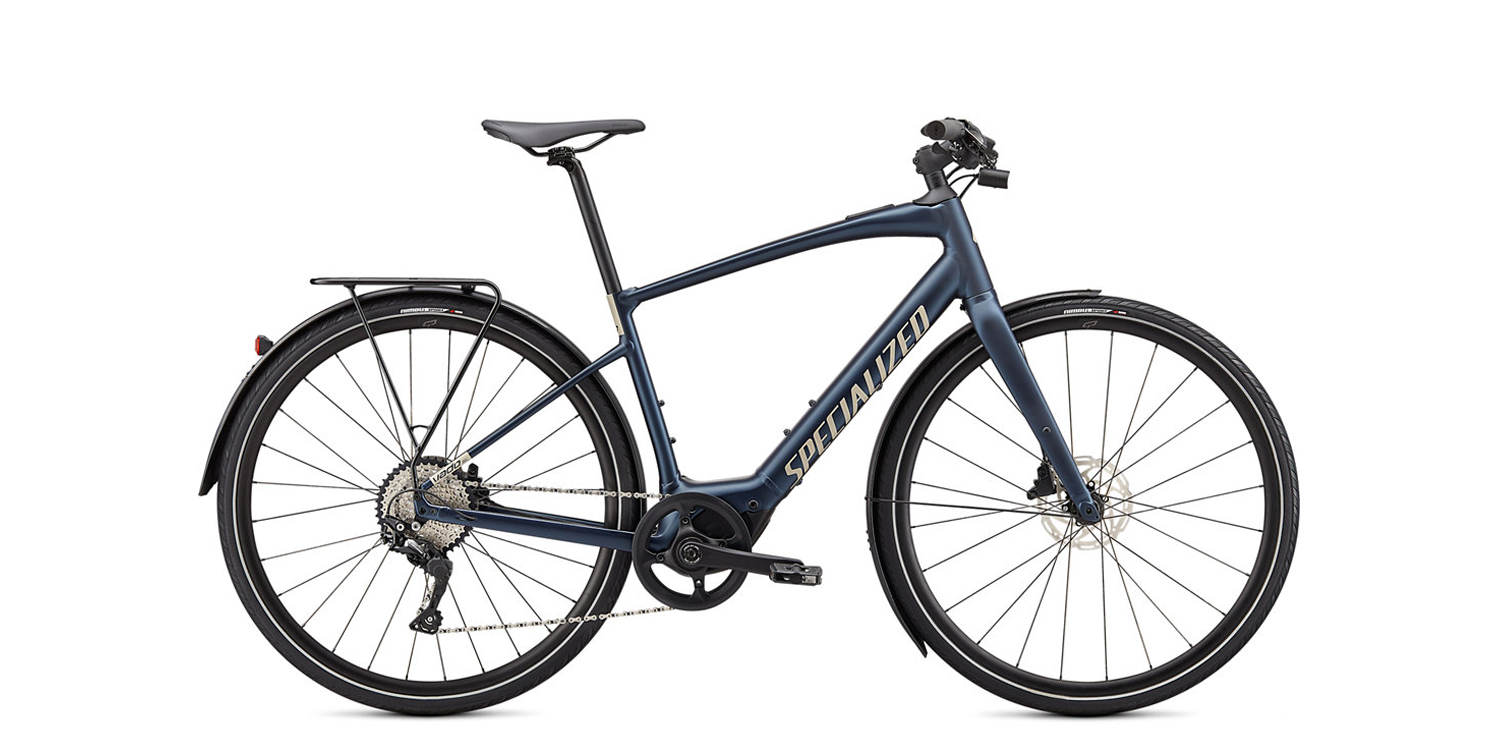After about 3400 miles (which is really huge for me) on my Vado SL 5.0 EQ; 2100 miles which were put on in 2021, I'm enjoying the ride and preparing for some longer Rails to Trails rides this Spring/summer. I have two Range Extenders. Trying to find the sweet spot on battery life, overall mileage and time. For some reason it has't occurred to me to reset my Mission control presets, since the first month or so of riding. I have also discovered I just love that ZOOM of 100% Turbo.... going fast is grand. But it also sucks battery... as I'm sure you all know. It finally occurred to me to reset my Eco and Trail settings. Turbo was already set for 100%. Starting at 150% battery On a cold day, depending on wind, etc... - I could get about ten miles on Turbo before the battery level was about 104% or so. (starting the transition to turn off) Trail was set to 65% assistance which I rode at for a very long time - until I discovered the zoom of turbo; LOL - then going back to trail was tough. So I decided to set trail at 85% to see if that speed would make me happy, get me there at somewhat the same reasonable time and see what would happen with the battery. At 85% assistance it took the battery from 150% to 102% at 15 miles. Average speed went from about 17.5 mph to 15.5mph. (+/-). So basically I got about 5 more miles off the R.E. going from 100% to 85% assistance; or 1/3 more distance. I was surprised to see that much. I'll try different settings, and see if I can find the sweet spot. I'm wondering if others have tried different settings, (completing the ride without changing the setting) and what results they have seen. My goal is to get the most amount of miles in the least amount of time but keeping enough battery to finish a long ride. (70+/-) miles and to know the highest level of assistance I can squeeze out.
Thanks for Your thoughts?
Thanks for Your thoughts?
Last edited:
